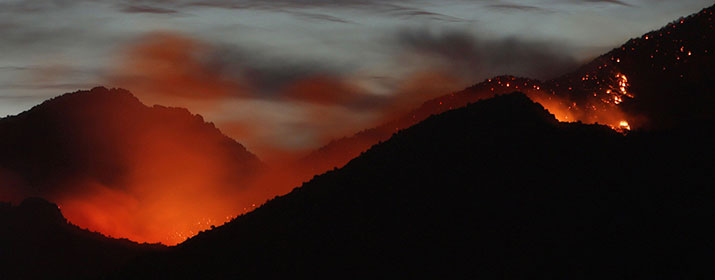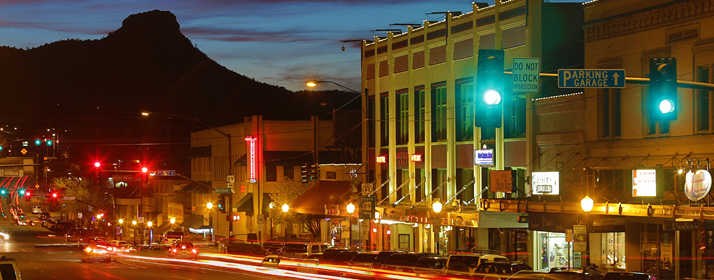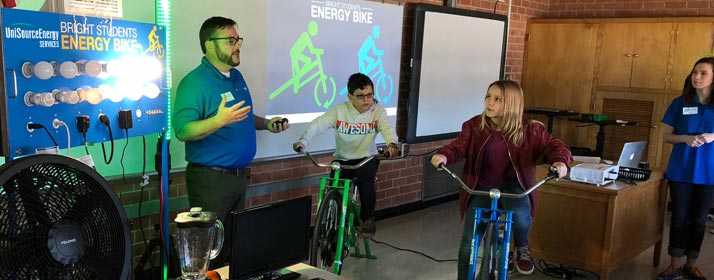
While the wildfire season officially starts May 1, wildfire risk mitigation takes place year-round at UniSource Energy Services.
“UniSource allocates resources and actively prepares throughout the year for each season so that we’re ready to respond if the need arises,” said Kasy Schug, a certified arborist who has served as the company’s liaison on wildfire response since 2014. “We actively take steps to make sure we’re protecting the grid, as well as protecting public safety and property.”
Here’s a by-the-numbers approach to our top five risk mitigation strategies to ensure safe, reliable service for customers:
- 5,000 structures and 1,200 miles of power lines: These metrics measure the reach of our annual tree-trimming efforts, which protect our facilities from wildfires and remove fuel that could otherwise feed fires. Our team trims back trees around extra-high voltage structures and transmission lines on regular cycles and across a wide range of terrain.
- 2,000 ground inspections a year: Towers and structures are inspected annually to identify equipment in need of repair or to clear of vegetation. Transmission corridors are patrolled twice a year in helicopters to identify potential problems. Drones are used in less-accessible areas. These routine inspections occur before and after wildfire season to ensure all equipment is surveyed at least once every five years and that 100 percent of extra high voltage equipment is reviewed annually.
- 40 pre-season coordination engagements: UniSource works closely with state, federal, tribal and local agencies as well as private landowners to coordinate wildfire response and preparations. We discuss where to best focus resources and the steps taken to actively manage fires. UniSource has engaged more than 40 experts and representatives prior to the season kickoff.
- 5-10 miles away from fires, on average: Although UniSource employees review state wildfire forecasts, pore through historical data and use multiple expert sources to identify potential threats, we are looking at 2020 differently, Kasy said. “There are more people out in nature because of the sheltering orders, but there’s also a campfire ban and social distancing implications, so we are unsure of the real impact, if any, this year,” he said. In 2019, for example, campfires had already started a couple fires in April. On average, about 10 to 15 fires each year occur within 5-10 miles of UniSource facilities.
- Up to 4 emergency response operations a year: When wildfires approach company assets, UniSource stations employees at incident command sites to coordinate with firefighting agencies. That typically happens three or four times annually.
Visit our website for more information about UniSource’s wildfire preparedness.






